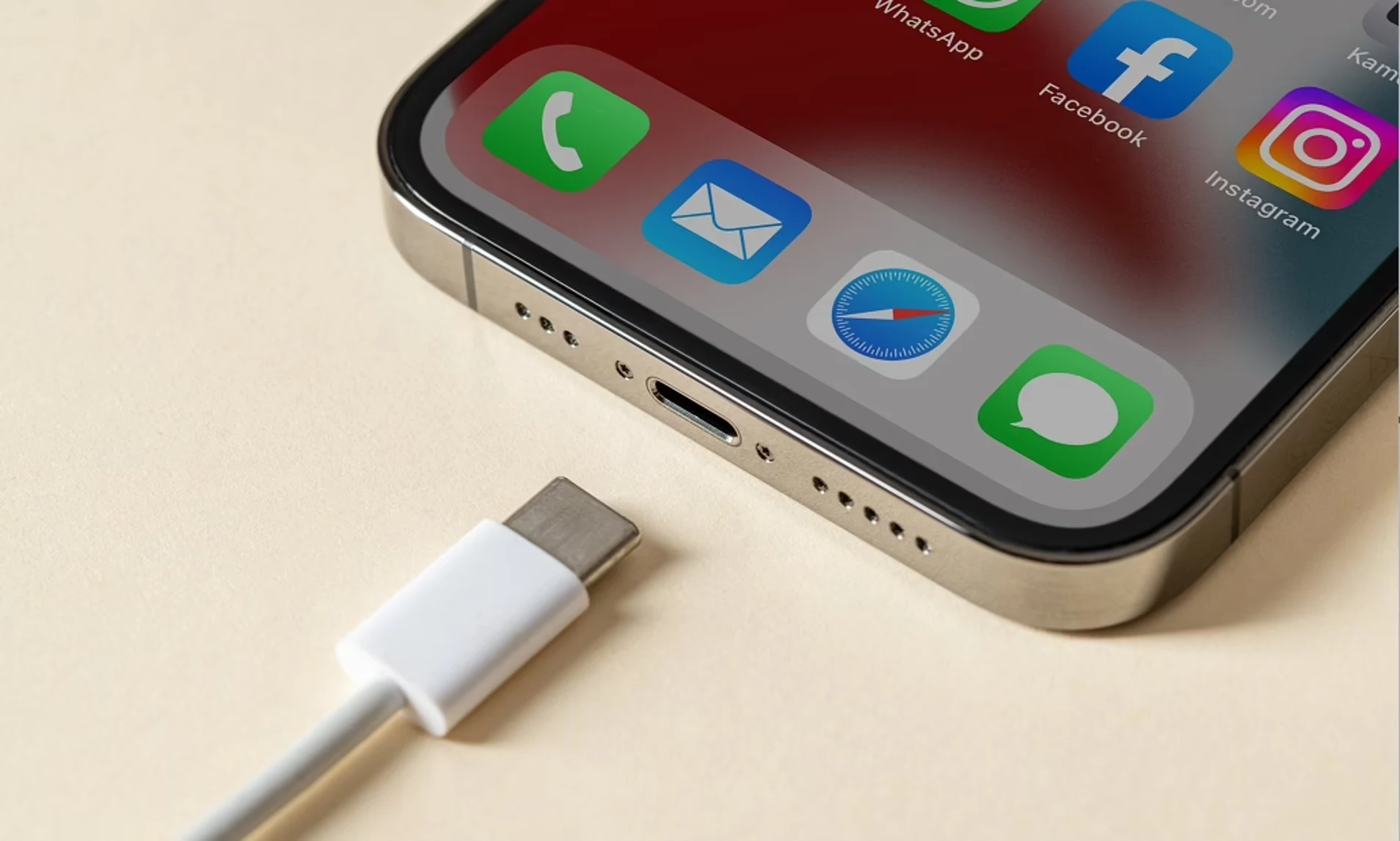The USB-C port on the iPhone 15 has enhanced capabilities to support a broader variety of accessories.
The iPhone 15 series has finally been released, and compared to earlier versions, it offers several additional enhancements. The transition to a USB-C connector is one of the most noticeable modifications. Many consumers will appreciate the update because it allows them to charge their iPhones as well as other devices like laptops and tablets using the same connection.
Despite this, the iPhone 15 still charges more slowly than the majority of Android phones. However, its USB-C port can now deliver substantially more power compared to the Lightning port. It can provide 4.5 watts of electricity, more than 15 times the Lightning port's power output.
In contrast, the Lightning-equipped iPhones could only produce a maximum of 0.3 watts of electricity. Thanks to the increased power output, the iPhone 15 can now run a larger range of peripherals, including external storage drives and other devices that need more power. Even additional gadgets like AirPods and headphones may be charged with it.
Additionally, the USB-C connector on the iPhone 15 provides quicker data transfer rates than the Lightning port. For instance, when utilizing a USB 3 cable, the iPhone 15 Pro and iPhone 15 Pro Max enable quick USB 3.2 Gen 2 rates up to 10 Gbps. Users may now transfer data considerably more quickly between their iPhones and other devices as a result.
Additionally, the USB-C connection on the iPhone 15 is DisplayPort compatible and can output and reflect up to 4K HDR video to external devices. This is a huge advancement over earlier iPhone models, which could only mirror 1080p video via Lightning adapters.
